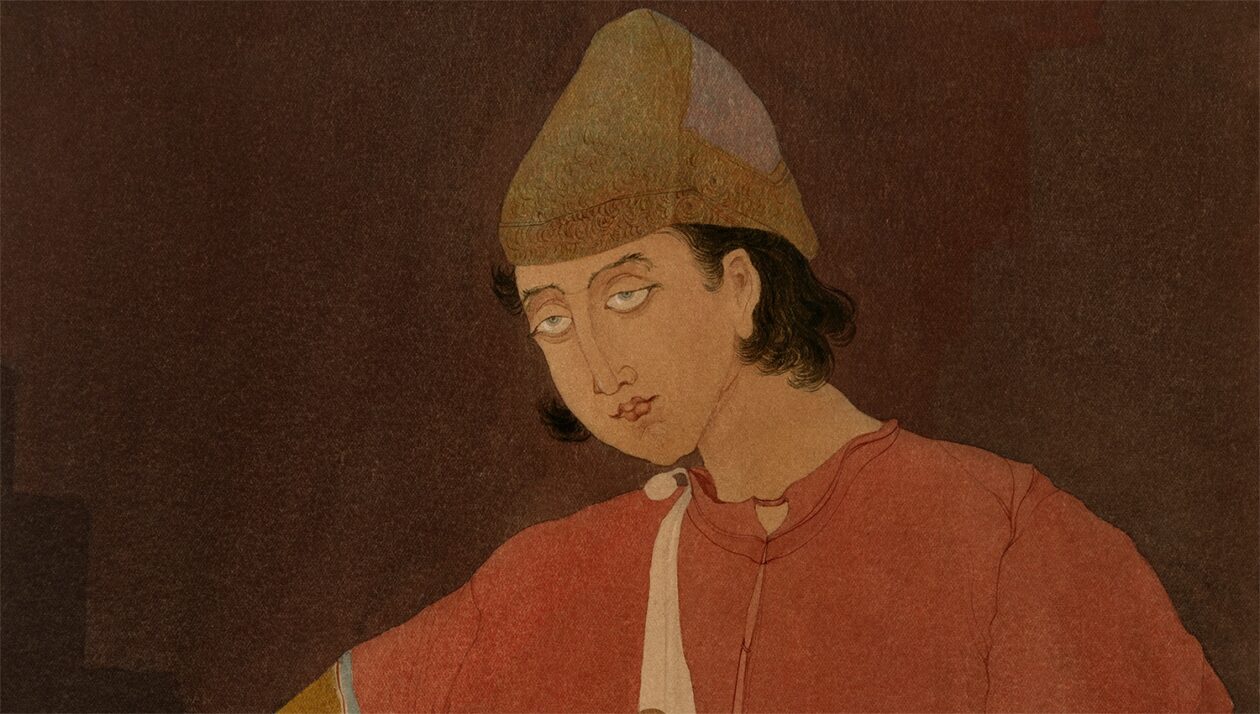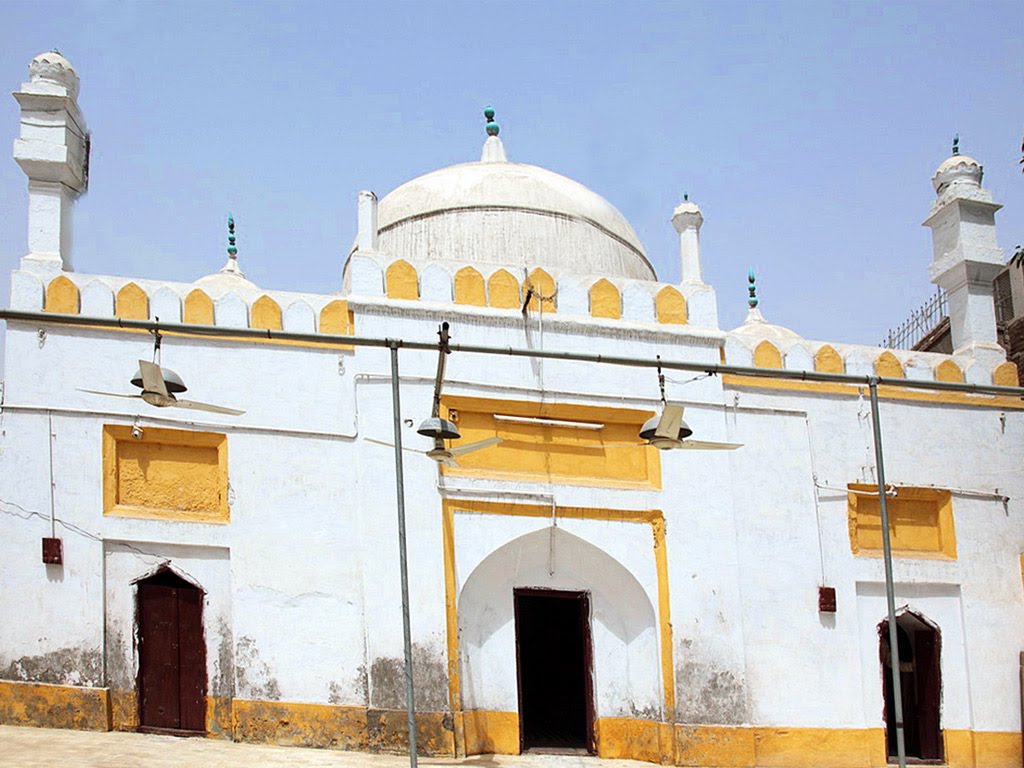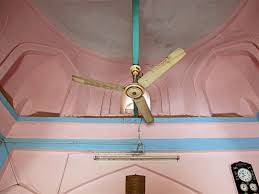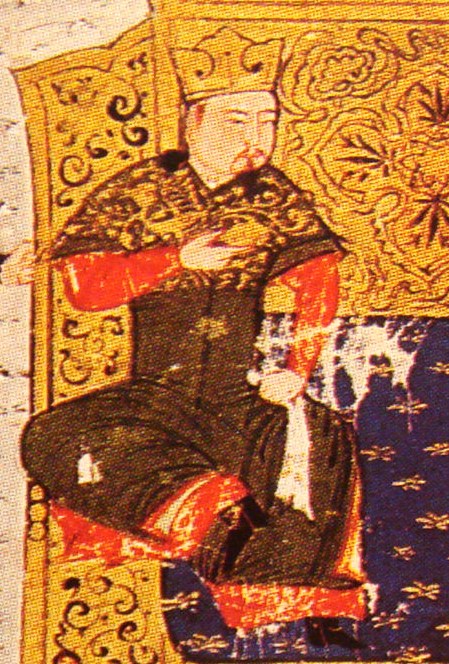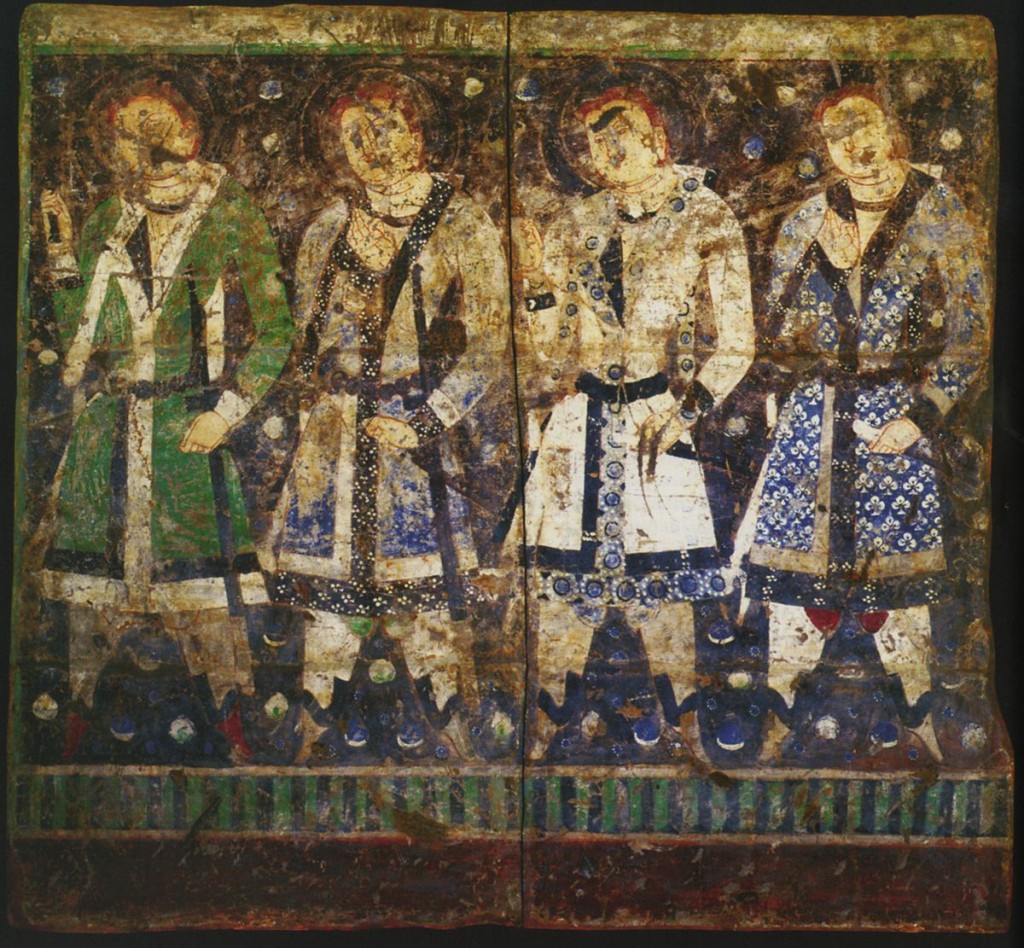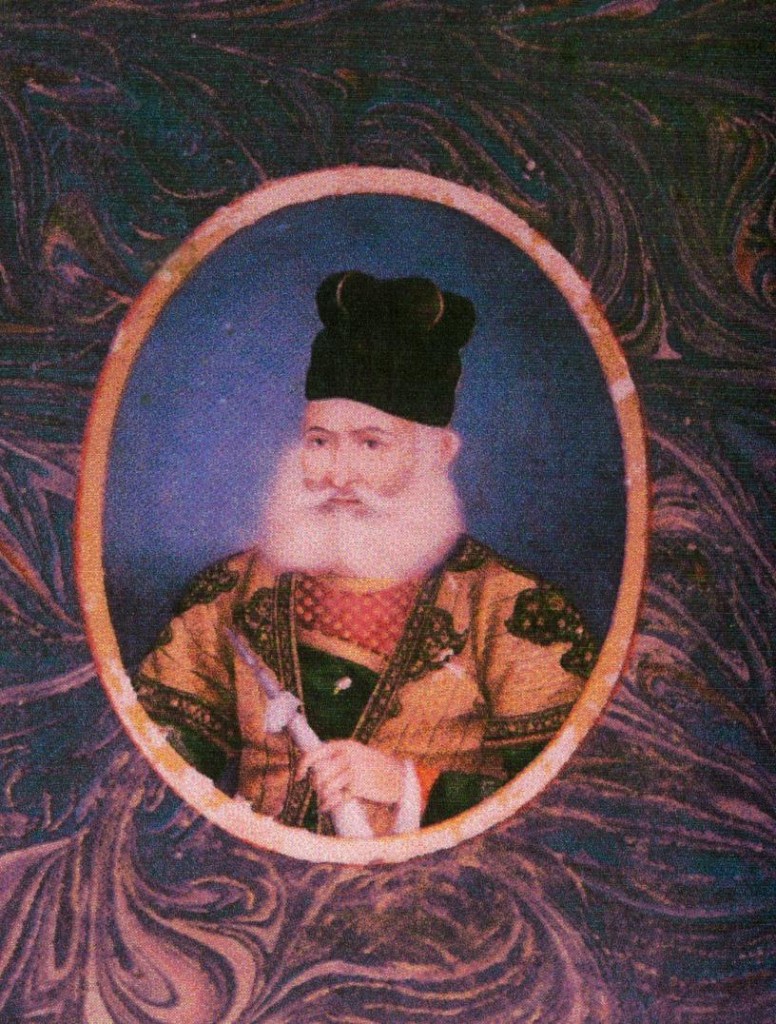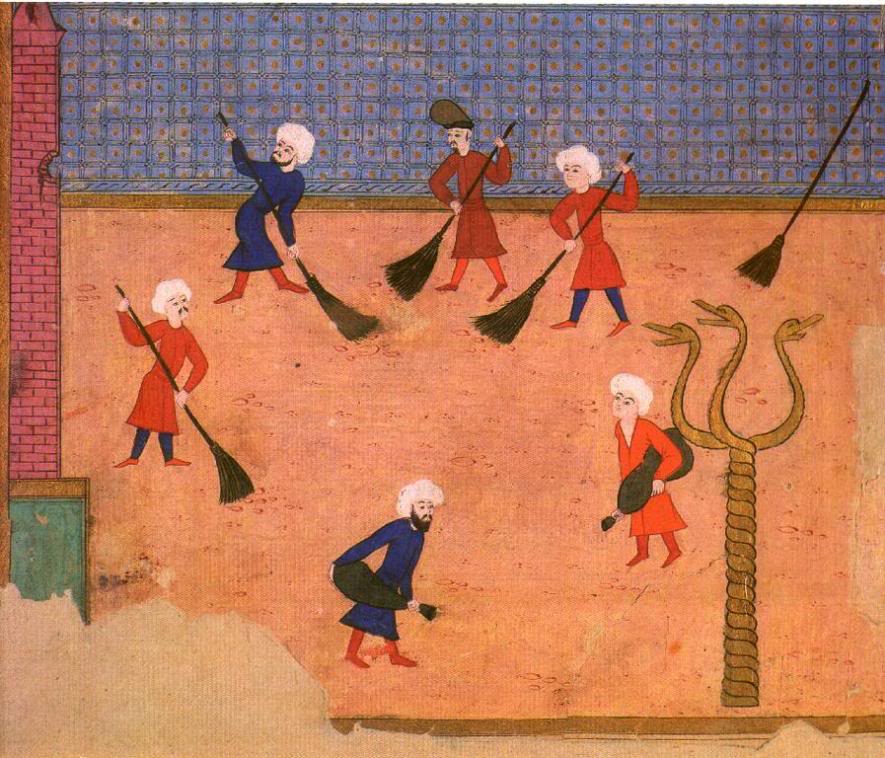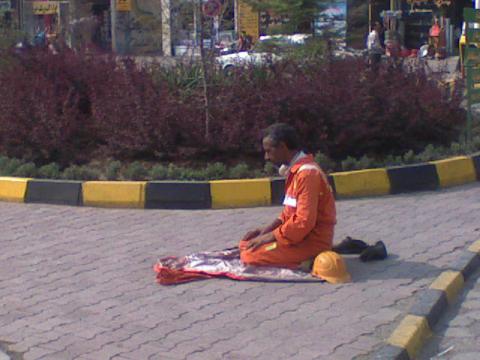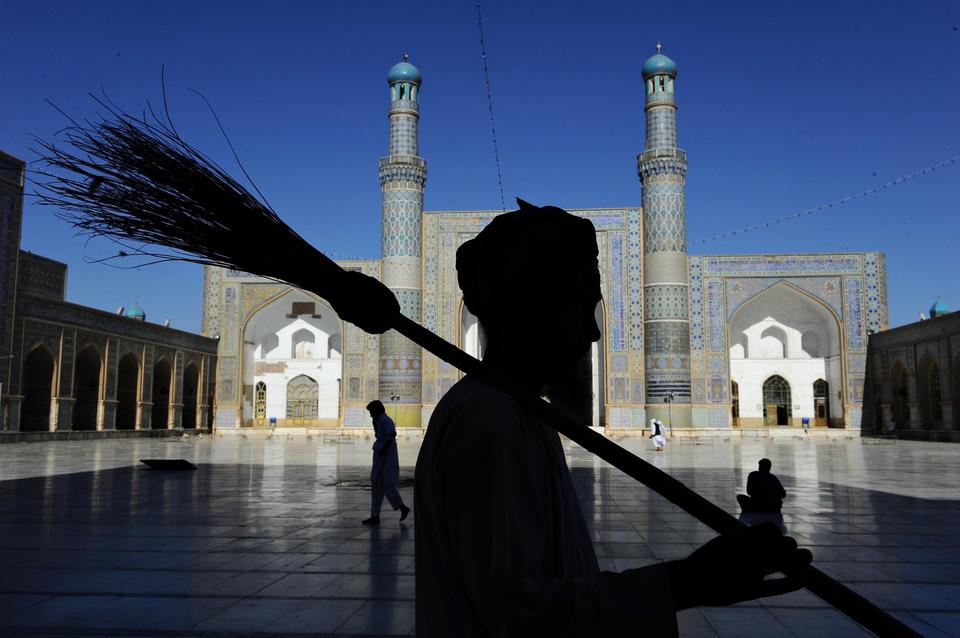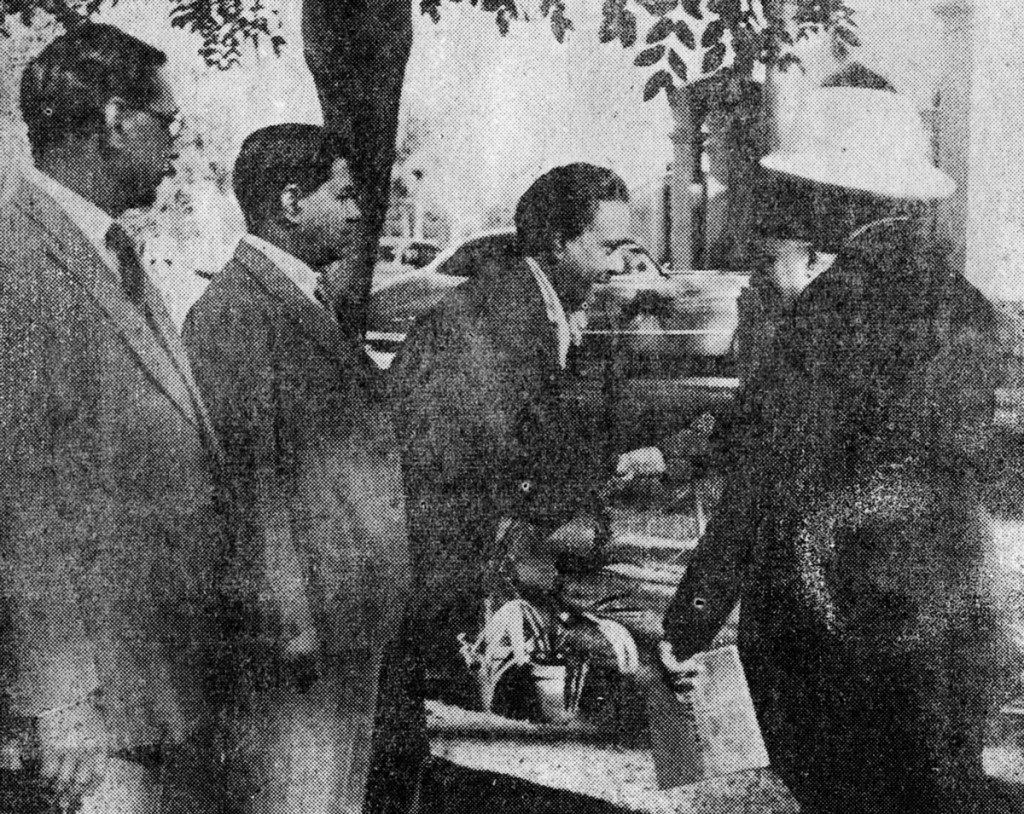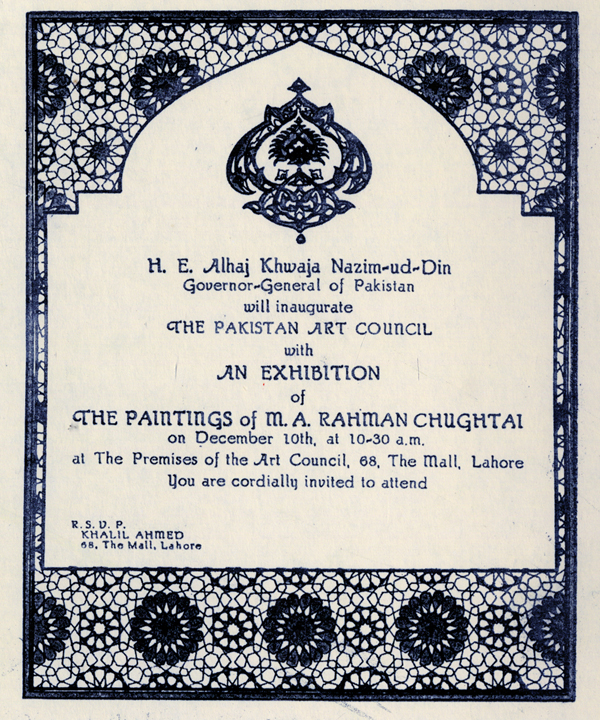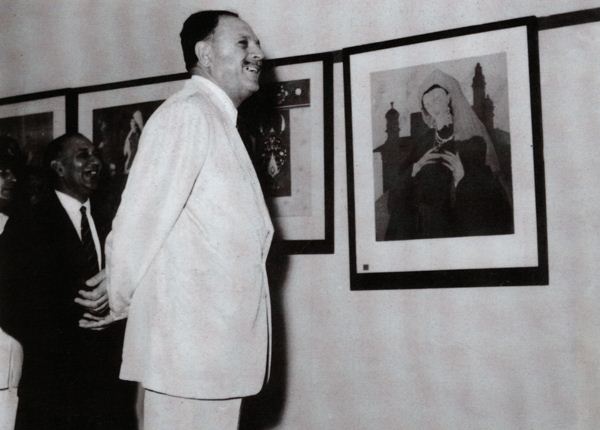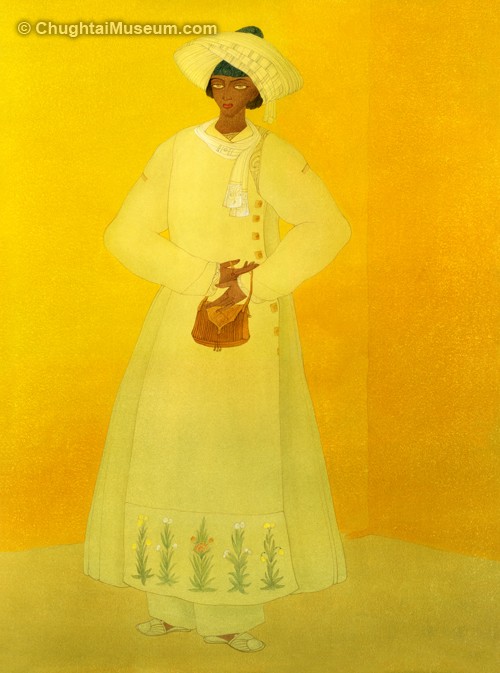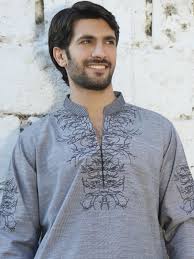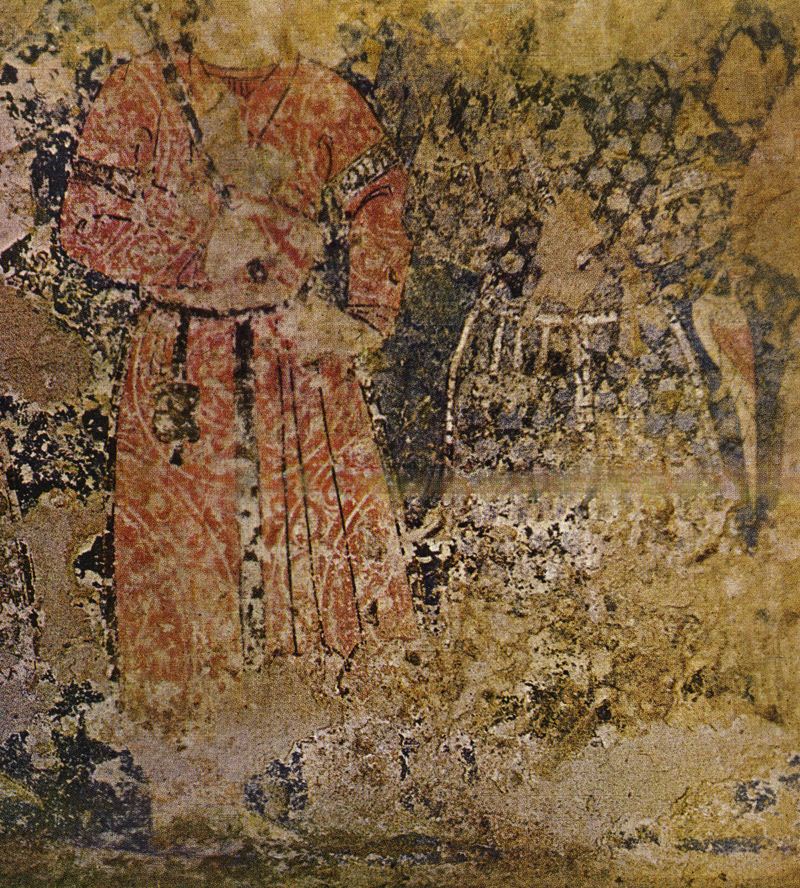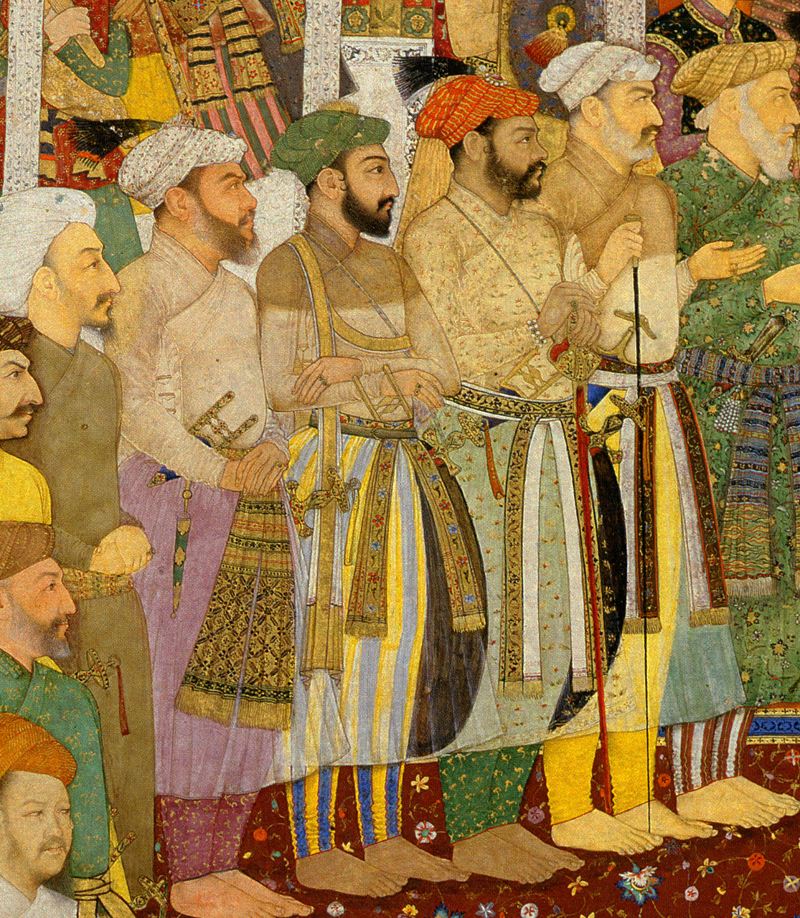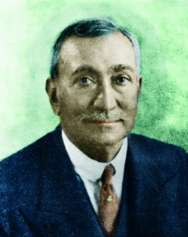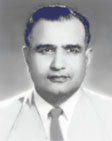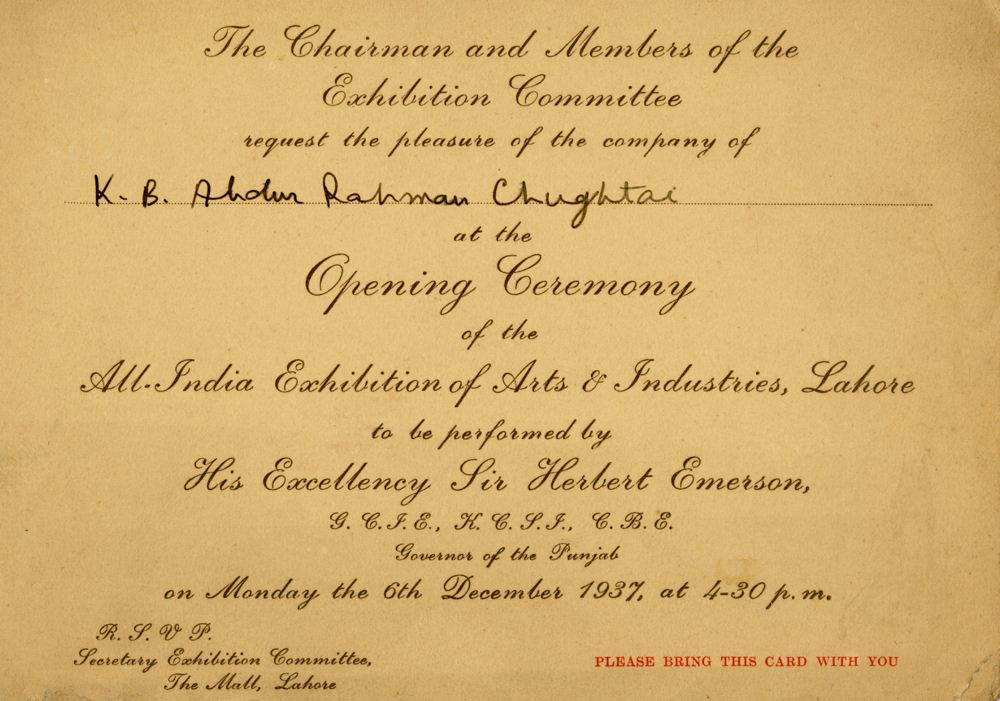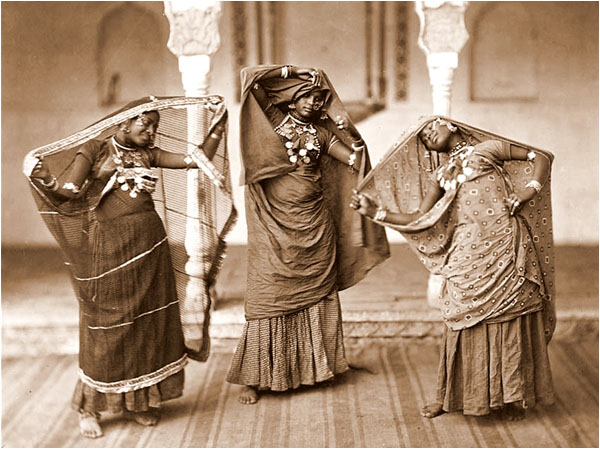ANALYZING MODERN PAKISTANI ART
IN PURELY OBJECTIVE ANALYSIS AND DESCRIPTION
Why is what and what is why?
There was a time when Pakistanis attempted to understand Art. Obviously aesthetics were never built up here, so that even that analysis was mundane. But then a new wave of Art started in Pakistan in the 1950s and was dubbed as Modern Art. That Abstract Art of Picasso genre is itself outdated and today Pakistani artists are experimenting with new ideas and new insights. We will refrain from expressing opinions here. We like to do an objective analysis of Art works for those who cannot read anything in Art works.
We have selected a painting and it is here for everyone to see and ponder its contents. We will refrain ourselves from the name of the work or the artist for that does not matter in our analysis. Suffice that the work is burnt char of newspapers and magazines and finished with paint to give an insight into the message of the artist. The material is certainly not of long life and will dissipate sooner than the idea itself of the work. The materials cannot be preserved for a longtime in any scientific analysis. So it is time limited to these times only.
The work shows a chair made of this burnt waste paper. It has lions in its arms and paws on its feet. In the upper side it has the crown of some Sultan of the past. It is the chair or rather the throne of some Sultan and reflects the Ideology of Pakistan. In the center is an aluminum pot reserve for crap for elderly citizens. People dying or on the verge of death who cannot cross into the active toilet of the house or place. In fact the whole colour of the chair throne is like Crap itself. Now what does it all mean?
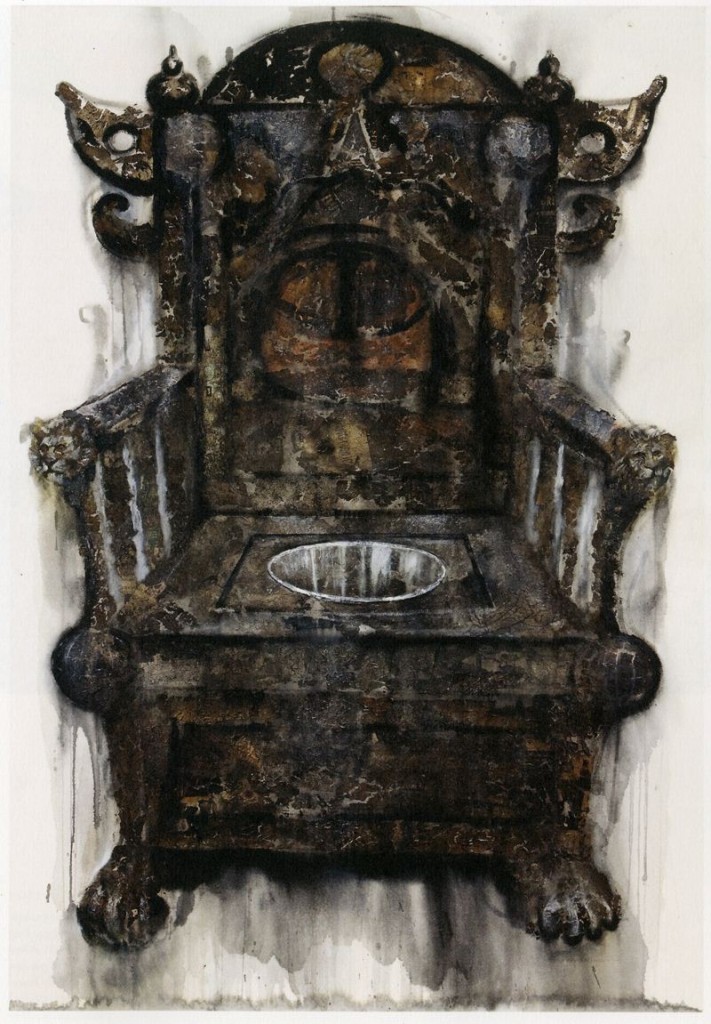
In very simple objective terms, it means that the Ideology of Pakistan or that our past is dead or dying and all of it is plain crap. One can call it a brilliant way of bashing our own selves, but obviously the artist does not relate himself to this place. Is this self criticism then! Plainly it is meant for foreign audiences who would give anything to see Pakistanis bashing their own country.
We have no objections in anyone making anything. It is a free country. But freedom does not mean freedom from analysis. Beauty lies in the eyes of the beholder. Crap lies in the eyes of none.
P.S.
I am grateful to the gentleman who provided this image to me and asked for my comments, purely on objective basis.
